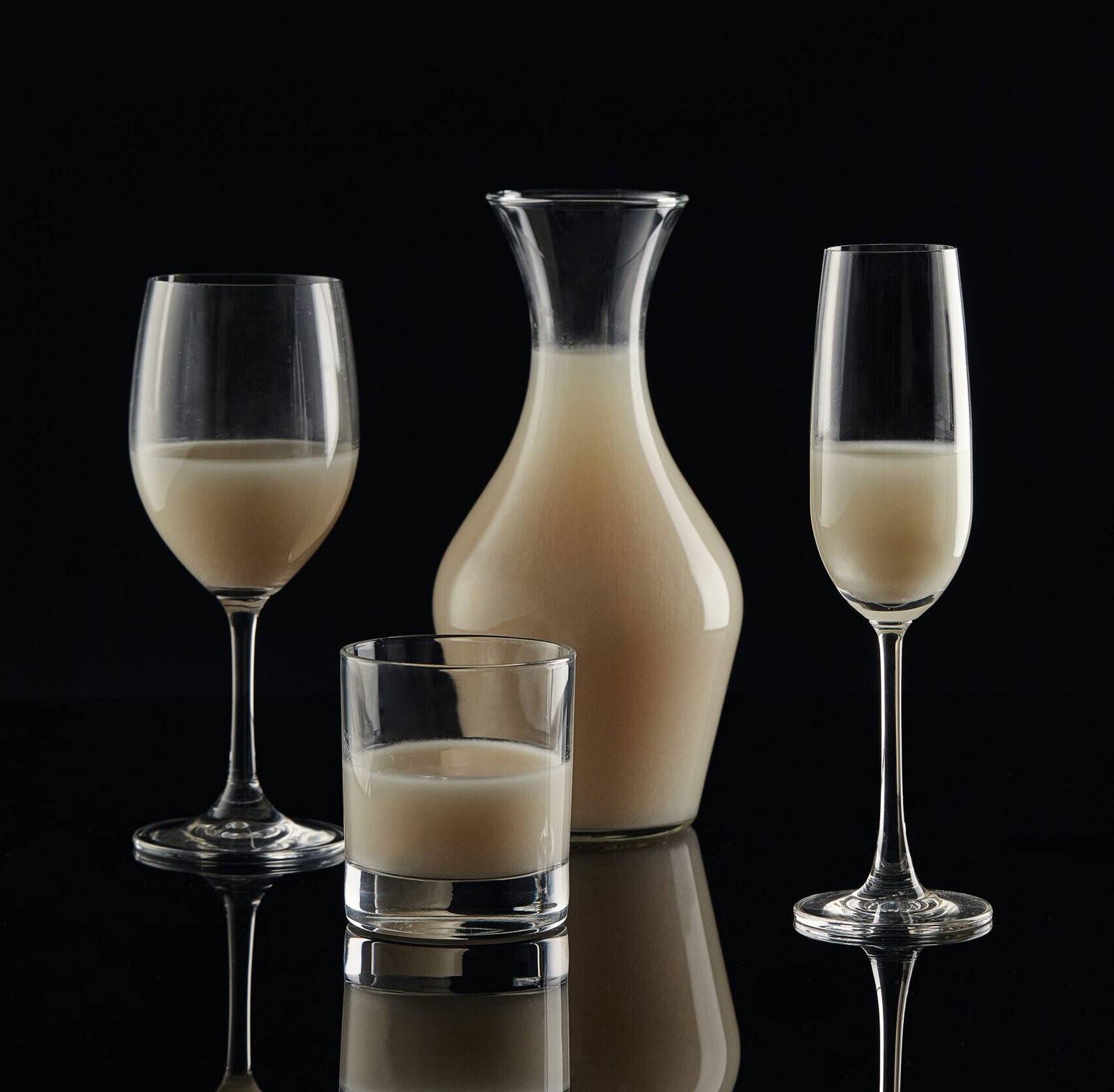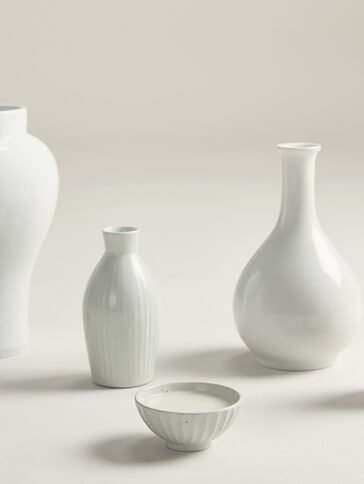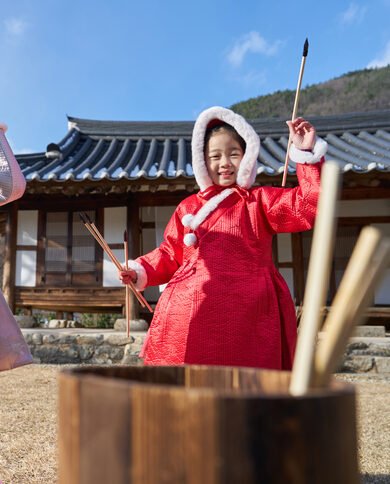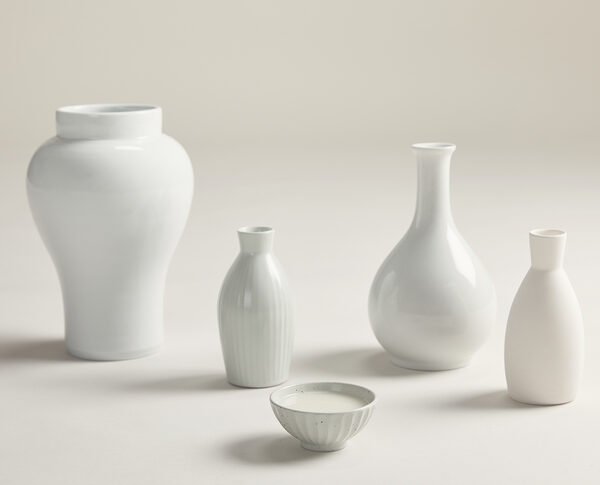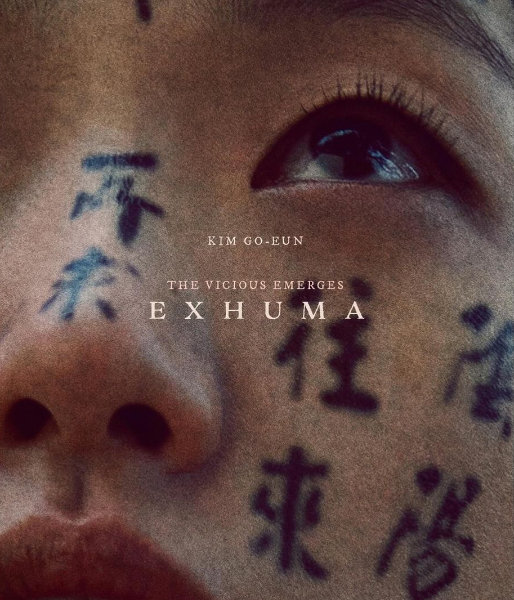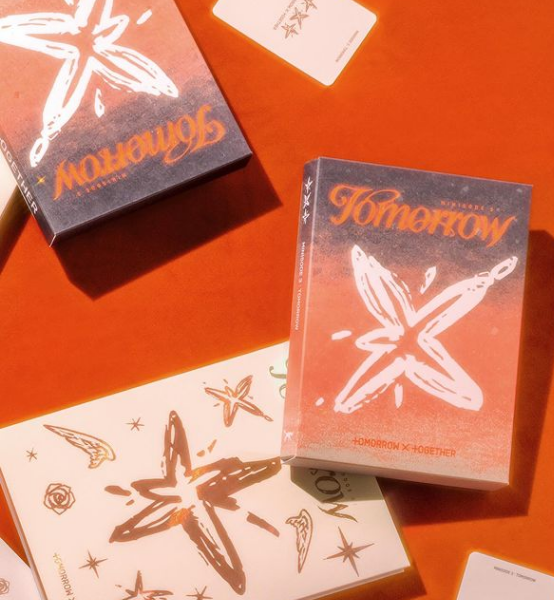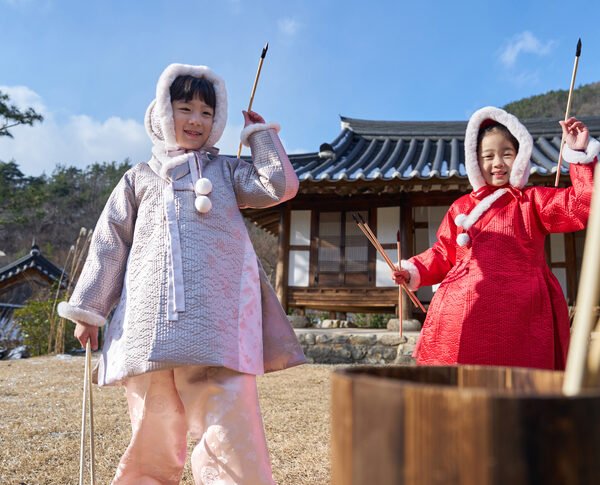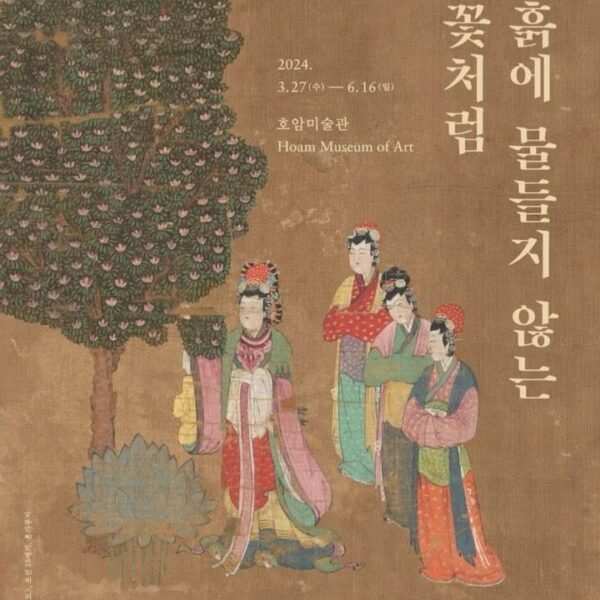In the world of Korean drinks, soju has long reigned supreme as the go-to choice for many. But now, Makgeolli, a traditional rice wine, is starting to step out of soju’s shadow and gain recognition for its unique flavors and cultural significance. Makgeolli has been around for centuries, but in recent years, it has undergone a modern transformation, becoming more fashionable and appealing to a younger generation of entrepreneurs and brewers. This article takes you on a journey through the history of Makgeolli, its revival, and the efforts of those who are determined to change its reputation and showcase its true potential.
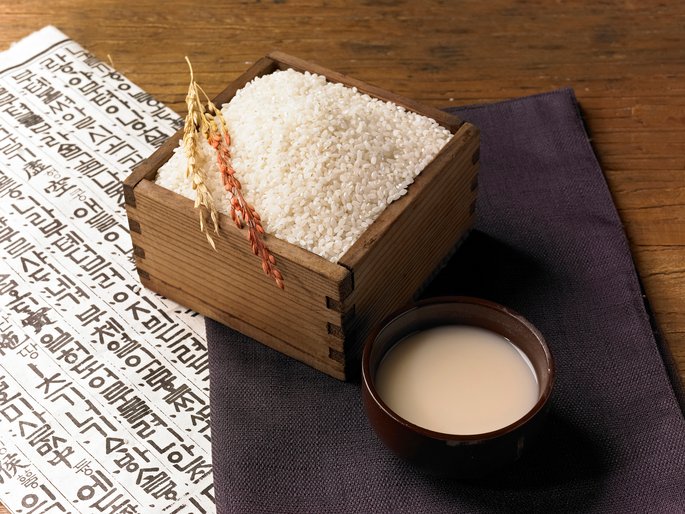
History of Makgeolli
Origins and popularity
Makgeolli, a traditional rice wine from Korea, has a long history that dates back centuries. The name “makgeolli” itself is a combination of the Korean words “mak,” which means “roughly done” or “a moment ago,” and “geolleun,” which means “filtered.” While the name first appears in an encyclopedia presumed to have been written in the 19th century, it is believed that makgeolli has been consumed in Korea for over a millennium. Its popularity can be attributed to its simplicity and affordability. Made from a mixture of steamed rice, yeast, and water, makgeolli is left to ferment for a few weeks in a clay pot. Many families across Korea brewed their own variants of makgeolli with their unique recipes.
Effects of colonization
During the Japanese colonization of Korea in the first half of the 20th century, many cottage industries, including homebrewing, were phased out in favor of standardized, industrial liquor makers. The colonial government imposed taxes on all alcohol-making and required licenses, even for self-consumption. This led to the domination of a few mass-produced drinks in the market, and by 1934, homebrewing, including the production of makgeolli, was outlawed. The loss of homebrewing traditions and the restriction of makgeolli production had a significant impact on the availability and popularity of the drink.
Banned during war
The devastation caused by World War II and the Korean War further worsened the situation for makgeolli. As the country struggled with food shortages in the 1960s, the use of rice, the key ingredient in makgeolli, to produce alcoholic drinks was banned. Manufacturers turned to wheat and barley as substitutes, and the popularity of makgeolli declined. It was replaced by modern soju, a clear liquor made from diluting ethanol.
Revival and legalization
As the Korean economy improved and rice supply outstripped consumption, the ban on rice alcohol was lifted in 1989, and homebrewing was legalized again in 1995. This marked the revival of makgeolli and the resurgence of interest in traditional brewing methods. Despite the challenges and loss of tradition during the years of colonization and war, the love for makgeolli remained deeply rooted in Korean culture. The reintroduction of legal homebrewing paved the way for the renaissance of makgeolli, as enthusiasts and entrepreneurs began to rediscover and celebrate this unique rice wine.
What is Makgeolli?
Meaning and name origin
The name “makgeolli” is derived from the Korean words “mak” and “geolleun.” “Mak” means “roughly done” or “a moment ago,” while “geolleun” translates to “filtered.” This name reflects the traditional brewing process of makgeolli, which involves a simple and rough fermentation method that results in its distinctive flavor and texture.
Ingredients and fermentation process
Makgeolli is made from a combination of steamed rice, yeast, and water. The rice is first steamed and cooled, then mixed with yeast and water to create a fermentation starter known as nuruk. This mixture is left to ferment in a clay pot for a few weeks, allowing the yeast to convert the sugars in the rice into alcohol. The fermentation process gives makgeolli its unique milky appearance and slightly sweet and tangy flavor. The use of traditional methods and ingredients in makgeolli production contributes to its distinct taste and cultural significance.

Early Perceptions of Makgeolli
Affordability and popularity
In its early history, makgeolli gained popularity among the masses due to its affordability. It was a drink that could be enjoyed by people from all walks of life, from farmers to laborers. Inexpensive and accessible, makgeolli became a staple in Korean bars and households, often served in brass bowls from a central brass kettle. Its low price point made it a go-to choice, especially for those looking for an affordable and satisfying alcoholic beverage.
Negative reputation
Despite its popularity, makgeolli also had a negative reputation, particularly when compared to other alcoholic beverages like beer. In the past, makgeolli was considered less sophisticated and less appealing to women. It was often associated with a cheap and rough image, which limited its appeal in certain social contexts. However, these early perceptions would gradually change as the makgeolli scene evolved and entrepreneurs sought to challenge the established image of the traditional rice wine.
Gender associations
Makgeolli was traditionally perceived as a more masculine drink, often enjoyed by men in social gatherings. It was commonly consumed by groups of male friends, who would gather in cheap bars or small establishments after school or work. In contrast, women were more likely to opt for beer or other beverages perceived as more refined. The gender associations with makgeolli contributed to its image as a drink for a specific demographic, but this perception would undergo a transformation as makgeolli gained recognition for its unique flavors and cultural significance.
Entrepreneurs and Brewers
Changing perceptions
A turning point in the history of makgeolli came with the rise of a new generation of entrepreneurs and brewers who sought to challenge the negative perceptions surrounding the traditional rice wine. These individuals were determined to revive makgeolli’s reputation and introduce it to a wider audience. By reimagining makgeolli as a premium and artisanal drink, they aimed to change the way people perceived and experienced this age-old beverage.
Kim Min-kyu and Boksoondoga
One of the trailblazers in the new makgeolli scene is Kim Min-kyu, the founder of Boksoondoga, a premium makgeolli brewery. Despite facing opposition from his family and the societal stigma attached to makgeolli, Kim launched his brewery in 2009. Drawing inspiration from his grandmother’s traditional recipe and guided by his architectural training, Kim designed the branding and marketing materials for Boksoondoga while his mother brewed the makgeolli. The success of Boksoondoga and its unique flavors paved the way for other artisanal makgeolli breweries, sparking a renaissance in the world of traditional Korean rice wine.
Modern Makgeolli Scene
Rise in popularity
In recent years, makgeolli has experienced a resurgence in popularity and has become more fashionable among both Koreans and international consumers. A new wave of interest in traditional Korean drinks and flavors, coupled with a growing appreciation for craft beverages, has contributed to the increased demand for makgeolli. The unique taste, versatility, and cultural significance of the rice wine have caught the attention of enthusiasts and connoisseurs alike, leading to its inclusion on the menus of trendy bars and restaurants.
New breweries and flavors
The modern makgeolli scene is characterized by a diverse range of flavors and varieties, showcasing the creativity and innovation of brewers. Traditional recipes are being reinvented and infused with new ingredients and techniques to create unique and exciting flavors. From fruity and floral notes to savory and herbal profiles, makgeolli now offers a wide array of choices for consumers looking to explore the world of Korean rice wine.
Rebranding and marketing
Alongside the emergence of new flavors, there has been a concerted effort to rebrand and market makgeolli as a sophisticated and premium beverage. The focus is not only on the taste but also on the stories, traditions, and craftsmanship behind each bottle. Artisanal makgeolli breweries prioritize quality ingredients, traditional brewing methods, and sustainable practices, ensuring that every sip of their rice wine is a testament to Korean culture and heritage. Through strategic marketing campaigns and collaborations with renowned chefs, these breweries have successfully elevated the perception of makgeolli in the eyes of consumers.
Makgeolli vs. Soju
Comparison of two Korean alcoholic beverages
While both makgeolli and soju are traditional Korean alcoholic beverages, they differ in terms of flavor, production process, and cultural significance. Makgeolli is a sweet, milky rice wine with a low alcohol content, typically ranging from 6% to 8%. It is made through a natural fermentation process, using rice, yeast, and water. Soju, on the other hand, is a clear and distilled liquor with a higher alcohol content, usually between 16% and 45%. It is made by diluting ethanol and often undergoes multiple distillations. Soju is Korea’s most popular alcoholic drink and is known for its versatility and wide range of flavors.
Makgeolli and soju hold different places in Korean culture and are often enjoyed in different settings. Makgeolli is associated with traditional and communal gatherings, such as festivals or family celebrations. It is often served in large bowls to be shared among a group of people. Soju, on the other hand, is commonly consumed in bars, restaurants, and social gatherings, both informal and formal. It has become a symbol of modern Korean drinking culture and is often enjoyed alongside Korean barbecue or other savory dishes.

Cultural Significance
Makgeolli as part of Korean culture
Makgeolli holds a significant place in Korean culture, representing the traditions, heritage, and values of the country. It is deeply intertwined with social customs and is often associated with celebrations, rituals, and community gatherings. It is not only a beverage but also a symbol of togetherness, hospitality, and sharing. Makgeolli has been a part of Korean history for centuries, and its production techniques and recipes have been passed down through generations, preserving the rich cultural heritage of the country.
Traditional brewing methods and recipes
The production of makgeolli follows traditional brewing methods that have been handed down for generations. These methods prioritize natural fermentation, allowing the flavors to develop slowly and naturally over time. The use of clay pots for fermentation and the inclusion of unique ingredients in the brewing process add depth and complexity to the flavors of makgeolli. Traditional recipes vary across regions and families, resulting in a diverse range of flavors and characteristics. The preservation of these brewing methods and recipes is essential for maintaining the authenticity and cultural significance of makgeolli.
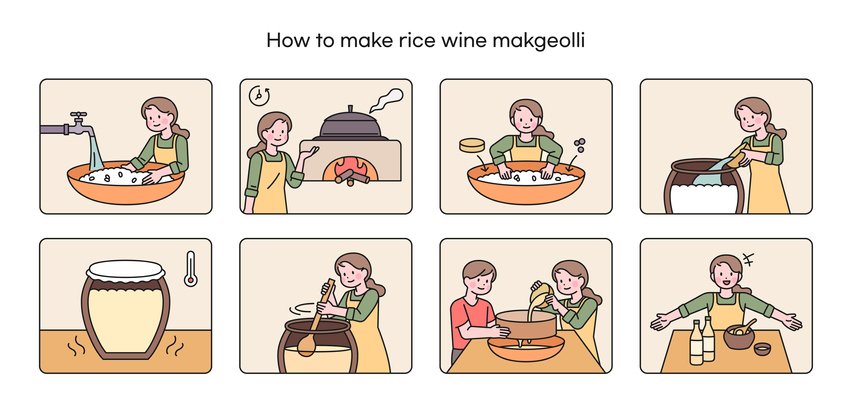
Makgeolli in the International Market
Global recognition and export
In recent years, makgeolli has gained recognition and popularity beyond the borders of Korea. Its unique flavors, cultural significance, and artisanal production methods have made it a sought-after beverage in the international market. Makgeolli is now exported to various countries, allowing people around the world to experience and appreciate the traditional Korean rice wine. The global recognition of makgeolli not only boosts the Korean economy but also promotes Korean culture and heritage on a global scale.
Makgeolli Tourism and Experiences
Brewery tours and tastings
The growing interest in makgeolli has given rise to specialized brewery tours and tastings, offering visitors a chance to explore the world of makgeolli firsthand. These tours provide an immersive experience, taking participants through the brewing process, from the selection of ingredients to the fermentation and bottling stages. Visitors can learn about the history and cultural significance of makgeolli while sampling a variety of flavors and interacting with brewers. Brewery tours and tastings offer a unique opportunity to engage with Korean traditions and to deepen one’s understanding of the country’s rich culinary heritage.
Makgeolli festivals and events
Makgeolli festivals and events have become popular attractions for both locals and tourists. These events showcase the diversity of makgeolli flavors and provide a platform for brewers to present their creations. Visitors can sample different varieties of makgeolli, enjoy traditional performances, and participate in cultural activities. Makgeolli festivals promote cultural exchange and serve as a celebration of Korean culinary traditions. They offer a vibrant and immersive experience that allows participants to fully immerse themselves in the world of makgeolli.
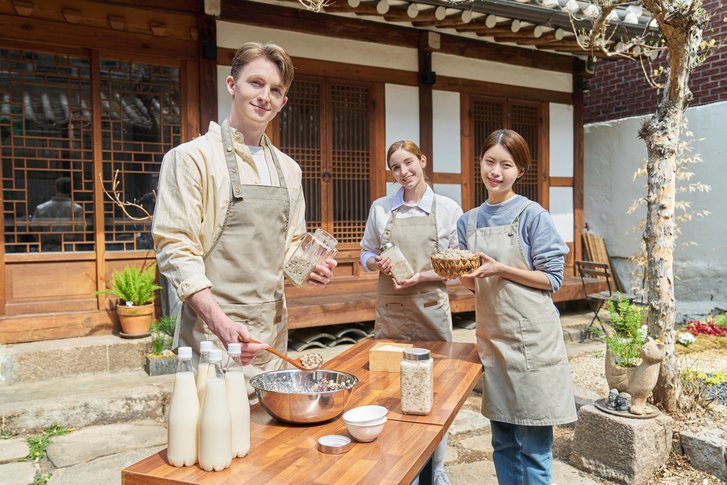
Future of Makgeolli
Continued growth and innovation
The future of makgeolli appears bright, with continued growth and innovation on the horizon. As the demand for traditional and artisanal beverages continues to rise, makgeolli is poised to expand its presence in the global market. Brewers are experimenting with new flavors, ingredients, and production techniques to cater to evolving consumer preferences. The focus on sustainability and the use of locally sourced ingredients further contribute to the appeal of makgeolli among environmentally conscious consumers.
Challenges and opportunities
While the future looks promising, makgeolli still faces challenges as it seeks to establish its position in the international market. Cultural barriers, licensing requirements, and distribution logistics can pose obstacles to global expansion. However, these challenges also present opportunities for collaboration, education, and cultural exchange. Efforts to promote awareness and appreciation for makgeolli’s cultural significance can lead to greater recognition and acceptance in diverse cultural contexts. With ongoing innovation and a commitment to preserving its traditional roots, makgeolli is well-positioned to ride the wave of global interest in craft beverages and solidify its place as an iconic representative of Korean culture.

